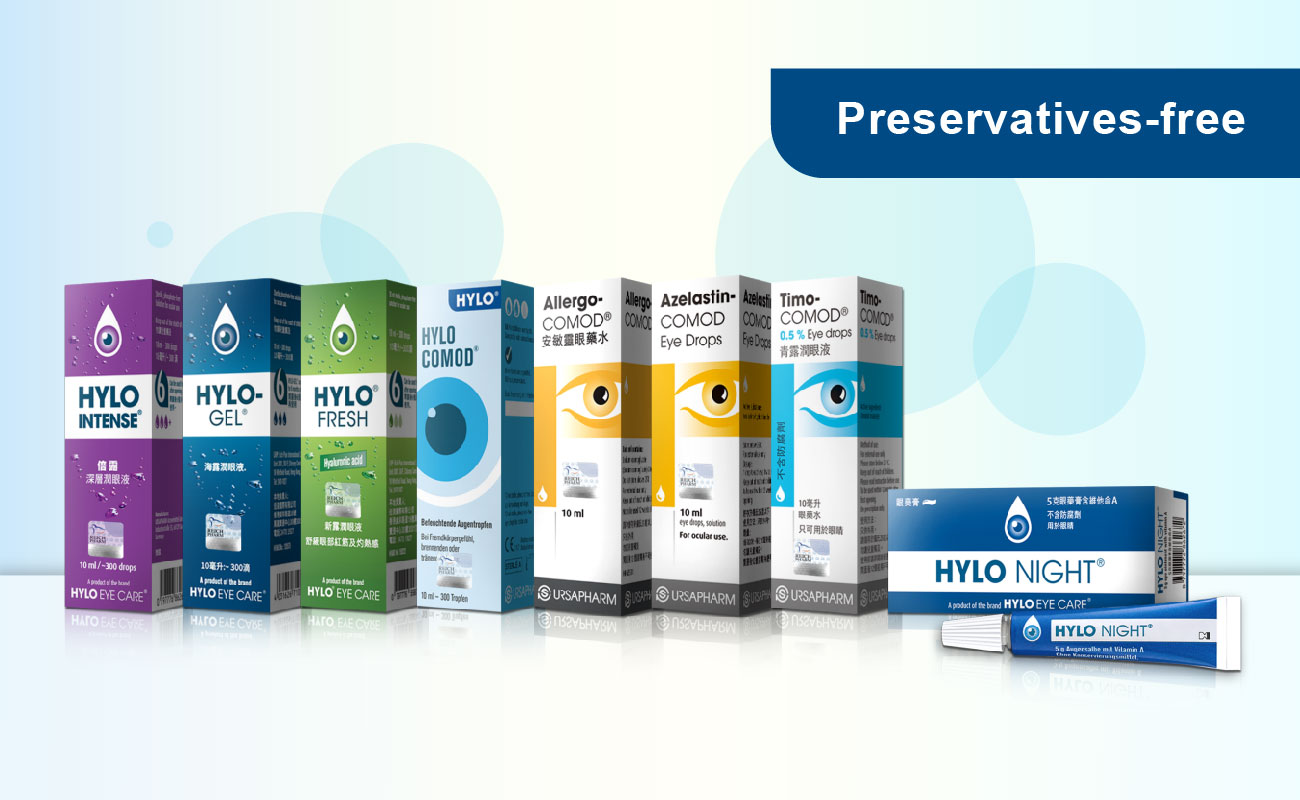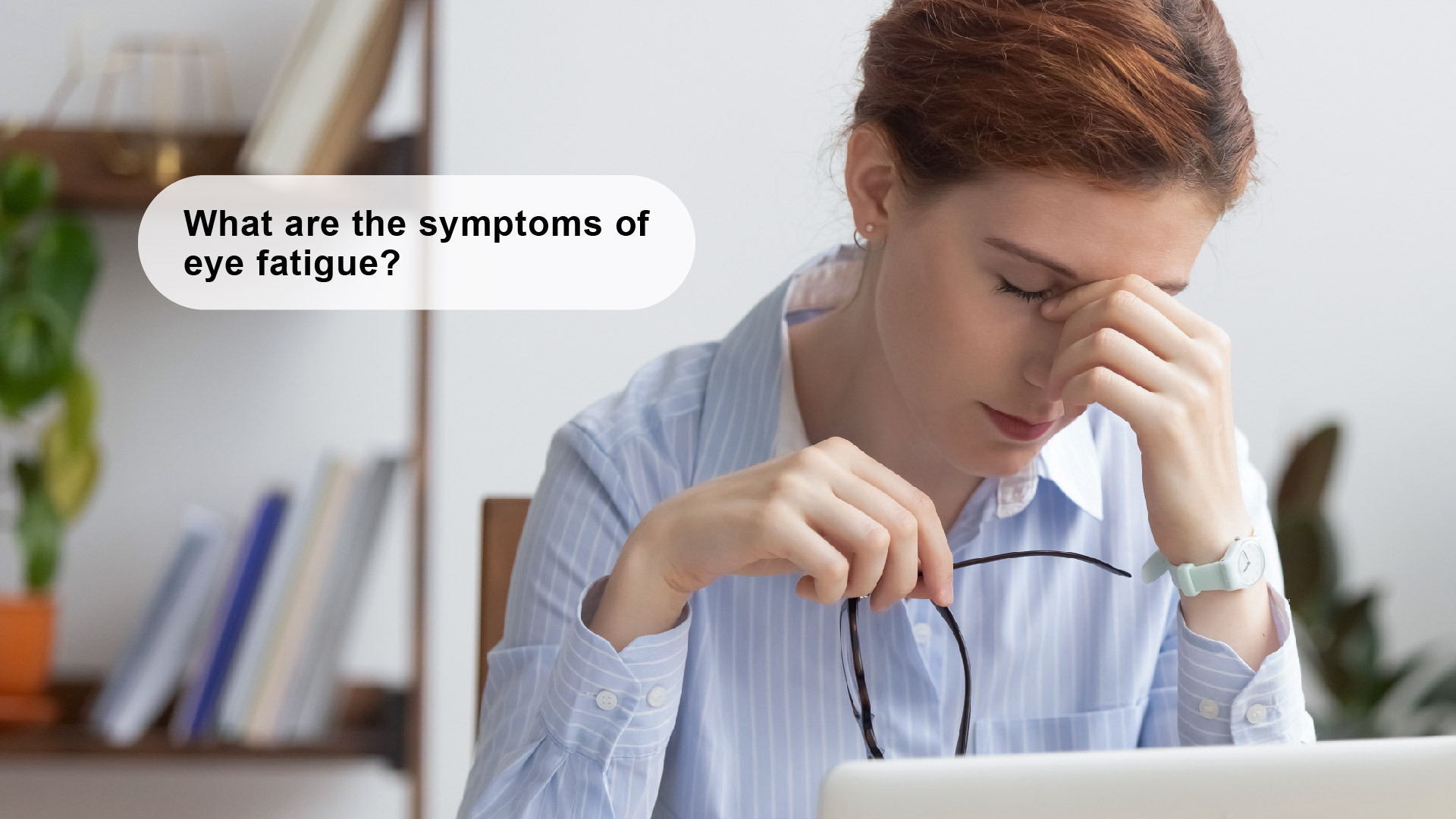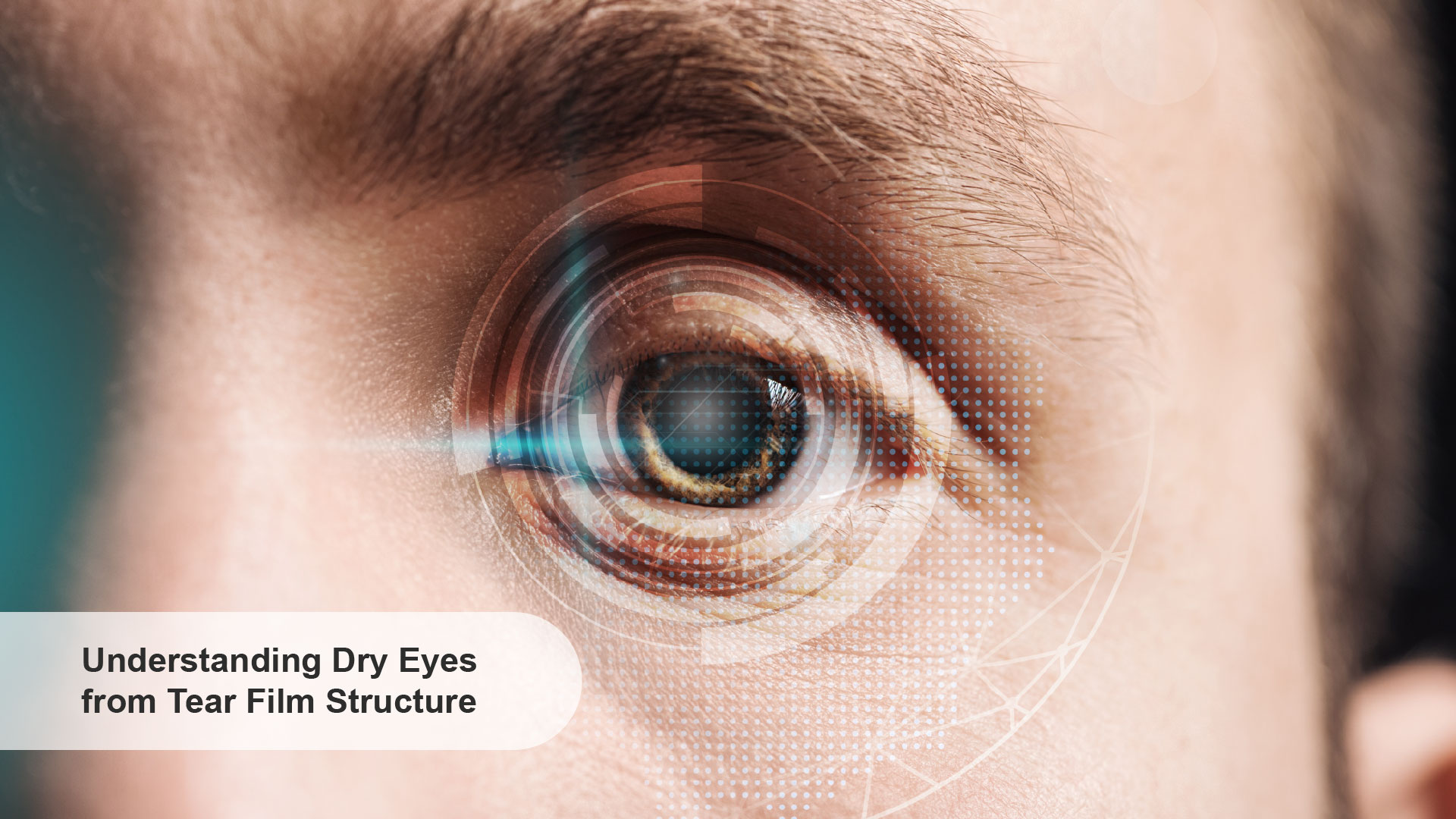Causes of eye fatigue
What are the symptoms of eye fatigue? How do we overcome these problems?
Eye fatigue is a symptom, not a disease. After prolonged activities such as driving, using computers, or reading, your eyes may become red, itchy, and uncomfortable. These symptoms usually disappear after a brief rest, but sometimes, they may signal other eye conditions, requiring a more detailed diagnosis from a doctor.
Overuse of the eyes:
When you are overworked, the cells and muscles inside your eyes become tired.
Have you heard of VDT (Visual Display Terminal) syndrome?
Prolonged staring at computer screens reduces blinking frequency, leading to dry eyes and fatigue. VDT syndrome refers to eye overuse due to prolonged staring at computer screens.
Dry eyes:
Tears play a crucial role in the normal functioning of the eyes. When tear production decreases, the eyes become dry, which may cause unnecessary strain and eye fatigue.
※ Diseases such as dry eye syndrome and glaucoma may also cause eye fatigue.
Presbyopia, astigmatism:
As the increase of age, the ability of your eyes to adjust (focus) decreases. This condition is called presbyopia. Wearing inappropriate glasses for presbyopia or astigmatism can strain your eyes and cause fatigue.
Lack of sleep and stress:
Eye fatigue can occur due to insufficient sleep, irregular lifestyles, and excessive mental stress. Pay attention to the body’s warning signals, rest adequately, and strive to recover your strength.
Mechanism of eye fatigue
When viewing objects, the eyes automatically adjust the lens to focus, similar to the lens of a camera. The muscle responsible for adjusting the lens is called the ciliary muscle, which can change the shape and thickness of the lens. Prolonged focusing on near objects, such as computer work, causes the ciliary muscle to remain tense, leading to muscle fatigue.
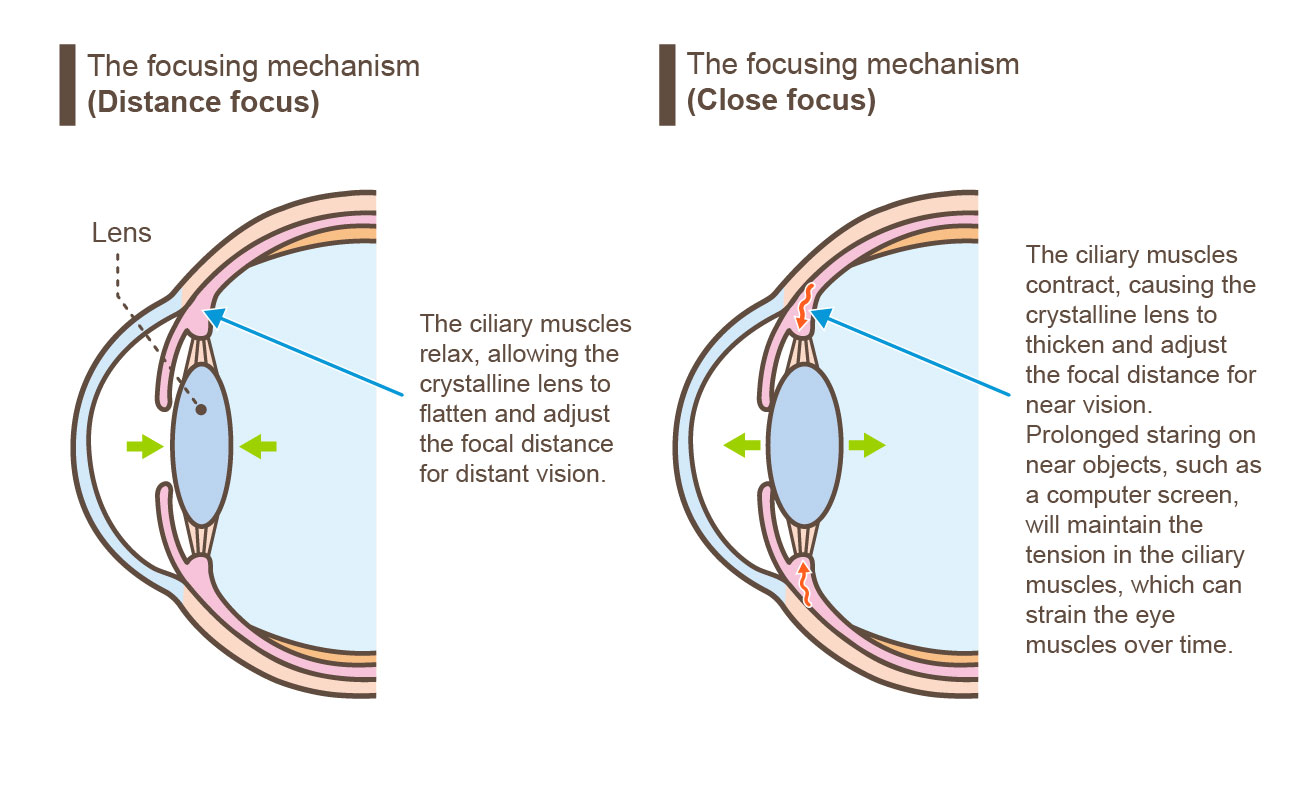
Furthermore, the average surface of a healthy eye is covered with tears, appearing smooth. When tear secretion decreases, the surface becomes uneven, resulting in blurred vision even with normal focusing. When the brain tries to adjust the muscles to focus, it may exceed the expected workload, leading to eye fatigue.
In addition, prolonged work without rest or insufficient sleep can keep eye tissues in inadequate nutrition or oxygen, reducing cell metabolism and making fatigue more difficult to recover.
Signs of eye fatigue
- Easily irritated eyes
- Dry eyes
- Excessive tears
- Blurred vision
- Sensitivity to light
- Eye pain
- Red eyes
- Significant changes in vision
If you experience the above problems, please have an eye examination. It may be due to eye overuse. However, if the situation does not improve after relaxation, it may be a symptom of other eye diseases. Therefore, if these symptoms persist for a while and occur frequently, seek immediate consultation with an ophthalmologist.
Friendly reminder: If you have any concerns about your health, please consult your doctor or a professional healthcare provider!
How to relieve eye fatigue
Maintenance Methods 1: Blink more frequently and adjust your working posture and environment.
Blinking more regularly is the most straightforward eye protection if your eyes feel fatigued.
Research has found that people blink less when using computers or reading than when engaging in other activities. Reduced blinking frequency leads to drier and more easily fatigued eyes. If you use your eyes for a long time, such as watching electronic products like computers or smartphones or reading books or magazines, try to blink every few lines read. More importantly, regularly shift your eyes away from screens or books and rest your eyes, which helps relax the eyeballs and increase lubrication.
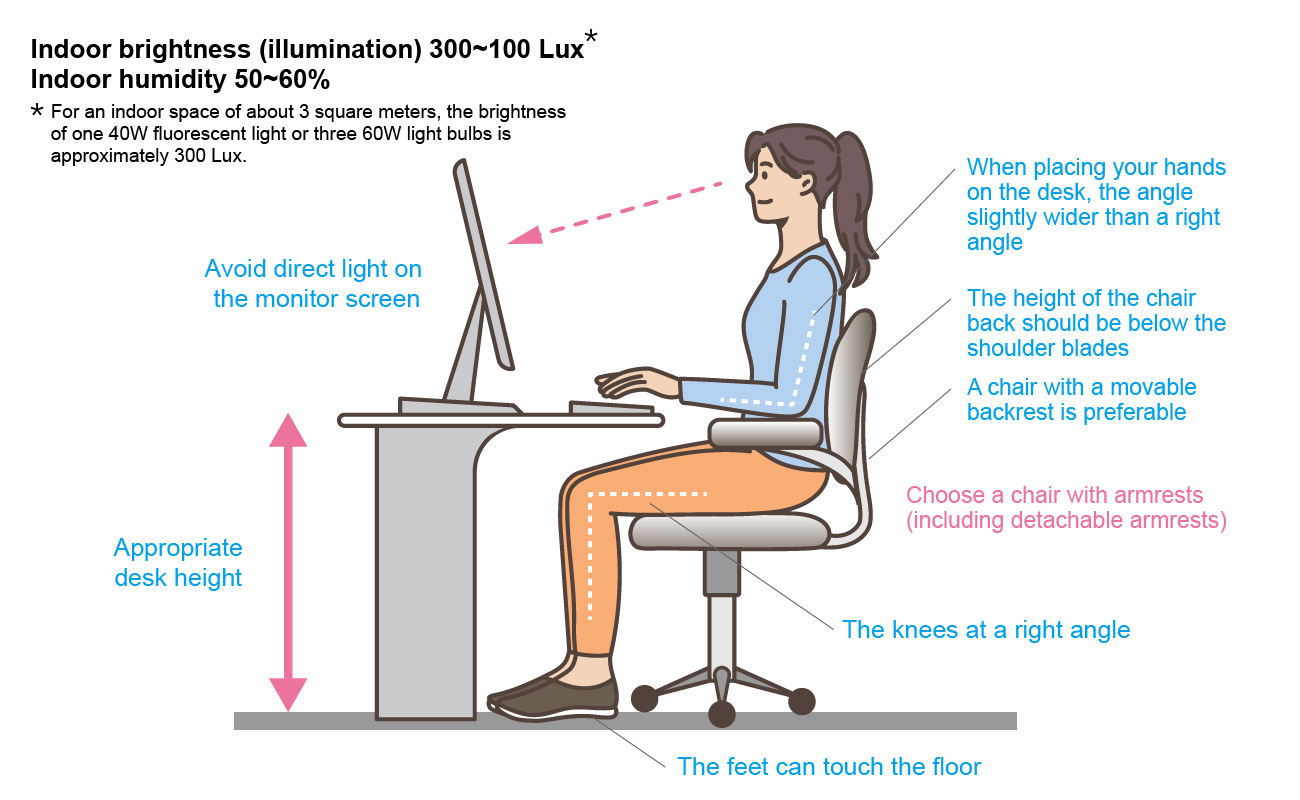
Maintenance method 2: The 20/20 rule:
For every 20 minutes of eye use, take a 20-second break. It is recommended to focus on a target at least 6 meters away; the farther, the better. If you cannot take a break every 20 minutes, at least take a break every hour.
Maintenance method 3: Heat treatment for the eyes :
When your eyes feel tired, you can use a heating eye pad placed on the eye sockets for 5-10 minutes to relieve eye fatigue. In addition to helping relax the eyeballs, it also promotes the circulation of microblood vessels and lymph around the eyes.
Maintenance method 4: Nutritious diet
The diet also affects the health of the eyes. Nutrients such as omega-3 fatty acids, lutein, anthocyanins, zinc, or vitamins C and E can help resist age-related vision problems such as macular degeneration or cataracts.
Maintenance method 5: Use preservative-free eye drops
Various eye drops are on the market, and patients should consider the ingredients and efficacy.
Below is a recommendation for Ursapharm HYLO GEL® as a daily moisturizer to alleviate eye fatigue:
- Preservative-free and patented bottle design: Using the COMOD®-System patented technology, the eye drops are kept in a sterile state and sealed environment without the need for preservatives, maintaining the quality of the eye drops.
- Patented Hylo® hyaluronic acid: It is a hydrophilic molecule that can adsorb in water, forming a protective film on the eye’s surface. This helps maintain moisture and hydration and improves the tear film’s stability, helping protect the eyes.
- Drop-by-drop dosage Design: The COMOD® dosage system makes dispensing precisely one drop per pump stroke possible. This means the contents go a long way. The drop dispensed is the same size, producing a constant, reliable effect.
